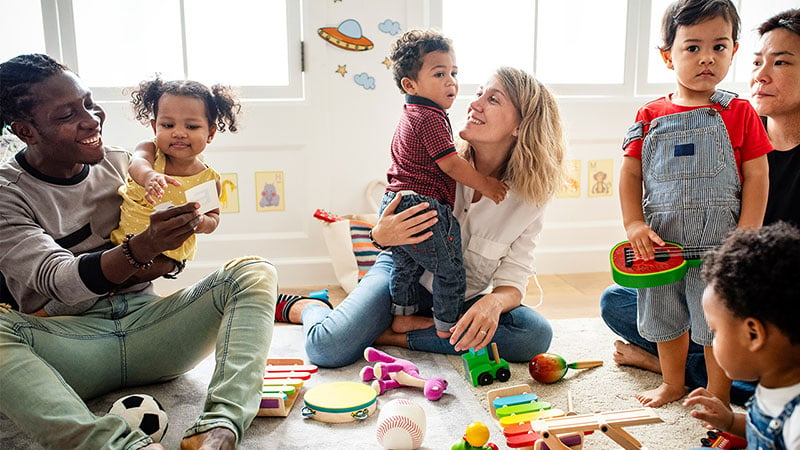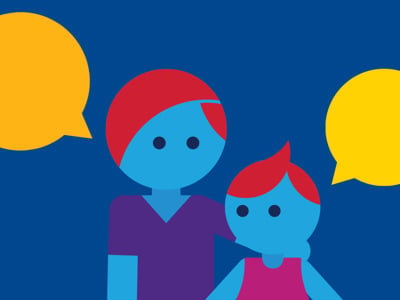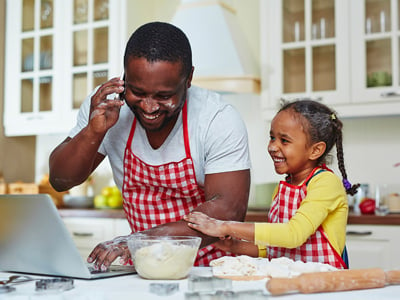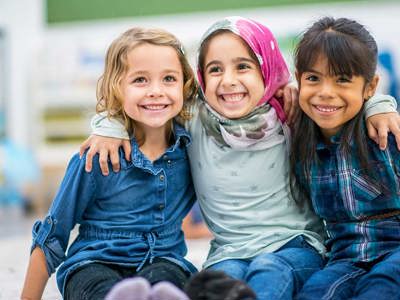- Doctors & Departments
-
Conditions & Advice
- Overview
- Conditions and Symptoms
- Symptom Checker
- Parent Resources
- The Connection Journey
- Calm A Crying Baby
- Sports Articles
- Dosage Tables
- Baby Guide
-
Your Visit
- Overview
- Prepare for Your Visit
- Your Overnight Stay
- Send a Cheer Card
- Family and Patient Resources
- Patient Cost Estimate
- Insurance and Financial Resources
- Online Bill Pay
- Medical Records
- Policies and Procedures
- We Ask Because We Care
Click to find the locations nearest youFind locations by region
See all locations -
Community
- Overview
- Addressing the Youth Mental Health Crisis
- Calendar of Events
- Child Health Advocacy
- Community Health
- Community Partners
- Corporate Relations
- Global Health
- Patient Advocacy
- Patient Stories
- Pediatric Affiliations
- Support Children’s Colorado
- Specialty Outreach Clinics
Your Support Matters
Upcoming Events
Mental Health Town Hall
Tuesday, April 23, 2024Join Children’s Hospital Colorado pediatric experts for a virtual...
-
Research & Innovation
- Overview
- Clinical Trials
- Q: Pediatric Health Advances
- Discoveries and Milestones
- Training and Internships
- Academic Affiliation
- Investigator Resources
- Funding Opportunities
- Center For Innovation
- Support Our Research
- Research Areas

It starts with a Q:
For the latest cutting-edge research, innovative collaborations and remarkable discoveries in child health, read stories from across all our areas of study in Q: Advances and Answers in Pediatric Health.


Talking to Kids About Race and Privilege

Kids may be born without prejudice, but they don’t stay that way for long. By 6 months old, research shows, babies can detect differences in skin color and tend to look longer at faces with skin color closer to their own. Kids as young as age 2 internalize stereotypes and connect aspects of people’s behavior to their race, and 3-year-olds actively prefer sharing within their own racial group. Without our noticing, discrimination is baked right into our developmental experiences.
“The science around kids’ development suggests that their understanding of race is really solidified by age 12,” says pediatrician Brandi Freeman, MD, Children’s Hospital Colorado pediatrician and Associate Vice Chair for Diversity, Equity and Inclusion for the Department of Pediatrics at the University of Colorado School of Medicine. “People think kids don’t notice these differences, but they do.”
And because they do, it’s crucial to talk with them about it. That, for Dr. Freeman, is where raising an inclusive child starts. Race is a complex topic in America, and it’s not an easy one to navigate — for families of any color, ethnicity or background.
But that’s where it starts.
Step 1: Talk about race with your kids
“Talking about race is uncomfortable,” says Jenna Glover, PhD, a child psychologist. “Especially for white families, there’s a fear, ‘I’m going to do it wrong. I don’t want to offend anyone or implant ideas in my kid’s head that are going to make it worse.’ There’s a myth that if I talk to my kids about race, then that will cause racism to happen.”
The opposite is true. Children pick up on racial differences because people around them show through their behavior that they matter. When adults shy away from acknowledging those differences, that may send the message to kids that racial differences are bad or wrong. The research backs that idea up: Kids display less racial bias when caregivers talk about race than when they don’t.
“Kids about age 4 and 5 are obsessed with fairness,” Dr. Glover says. “If someone is not treated fairly, they get that.”
A couple of things to consider when bringing it up:
- With younger kids, Dr. Glover suggests starting out talking about what race actually is: how much melanin you have. More means darker skin, darker hair, darker eyes. Less means lighter.
- As kids get older, parents can explain that some people are treated better and some people are treated worse based on the darkness or lightness of their skin — and that’s not OK. Parents might ask kids how they can make sure everyone is treated fairly.
- For more detailed info broken down by age, Children’s Colorado offers this helpful guide for all families on talking with kids about racism.
Another thing to keep in mind, Drs. Glover and Freeman observe, is that talking about race is optional only for white families — in fact, choosing not to is a form of privilege (more on that below). For families and kids of color, these talks are mandatory. Kids’ safety may depend on them.
Acknowledge and explain privilege
The fact that white families can choose whether or not to talk about race with kids, and families of color cannot, is an example of privilege. In this case, white families have a privilege that families of color don’t have.
Drs. Freeman and Glover stress that it’s not the fault of individual white people that they have more privilege than people of color, and that it’s not a reflection of their character.
“It’s possible to work hard and still have privilege,” says Dr. Glover. “It’s possible to work hard and not achieve because of lack of privilege. Both can be true. I didn’t ask to be white. But I am, and that privileges me.”
In the United States, white people have historically experienced more privilege than other groups. That’s the basis of systemic racism: discrimination that’s built into laws, policies, companies and institutions. It’s around us all the time. Skin color is an advantage for some and a disadvantage for others; if you’re part of the advantaged group, you might not even notice it working for you. But it is, and that’s privilege.
And it’s not limited to white people. Among communities of color, lighter-skinned people experience more privilege than darker-skinned people. People without disabilities experience more privilege than people who have them. People whose gender is the same as their sex at birth enjoy more privilege than people who are transgender or gender-diverse.
As kids get older, parents can explain what privilege is, how it works and how to be an ally when prejudice and discrimination occur.
Bring diversity to your child’s world
Most people in the United States live in a pretty segregated world. Our neighborhoods, schools and services, the places we go and the people we see, tend to be divided by race. For example, 80% of white families live in a neighborhood that’s more than 80% white. Because of this, many white families consider whiteness standard or normal. That expectation applies not just to skin color but to culture: things like clothing, hairstyles, jewelry and the way people talk. People who differ from those expectations (often people of color) experience discrimination.
- Learn how to talk with your child about discriminatory social norms and how to change them.
“The more you’re exposed to people different from you, the less bias you demonstrate,” says Dr. Glover. “So you want to put your kids in situations where you’re encountering people different from you.”
“You don’t want to be like, ‘I gotta go out and get my child a Black friend,’” adds Dr. Freeman. “But for example, my parents made a conscious effort to make sure the healthcare providers I saw as a child were African American. I actually thought there were only Black doctors. I was in middle school I think the first time I saw a doctor who wasn’t Black. So it’s like, who do you see? Where do you see people? In what roles?”
It’s key, she says, to expose kids to different cultures, people and experiences.
- Attend cultural events like Cinco de Mayo, Five Points Jazz or the Black American West Museum. Try doing a web search for “multicultural events near me” or visit the webpage for your city to view upcoming events.
- If you can, consider enrolling kids in after school programs or rec leagues in a neighborhood other than your own, where kids can be exposed to others with diverse cultures and perspectives. (Side note: The Park Hill Neighbors for Equity and Inclusion, a Denver neighborhood group focused on creating more school-based equality, has an informative video about how school choice and enrollment tends to reinforce racial segregation and inequities.)
- Be aware of and discuss the media your kids consume. “If a cartoon only has white characters, you can talk to your kids about, why is that?” says Dr. Glover. “And how does that impact people of color?”
- Choose movies, games, books and shows for kids with diverse representation. Common Sense Media is a great resource for media that promotes diversity and inclusion.
- Restaurants can be a way to explore new cultures. Consider African (Somalian, Ethiopian, Sudanese, Eritrean), Hawaiian, South or Central American and Caribbean (Cuban, Mexican, Salvadoran, Venezuelan, Jamaican), Asian (Chinese, Japanese, Korean, Thai, Vietnamese, Indian, Middle Eastern) restaurants and more.
Don’t be afraid of racism
It seems counterintuitive, but the truth about racism in the United States is that there’s no escaping it. It’s everywhere.
“We live in a racist system,” says Dr. Glover. “It doesn’t make you a bad person to have prejudice. It makes you a normal person.”
The key, she says, is to keep talking about it, acknowledge when we’ve acted upon it, and try to do better next time. Kids do and say racist things sometimes, as do we all. And when they do it’s important for parents to call them on it. And to call themselves out, too.
“You have to walk the walk,” she says.
“Just don’t be afraid of it,” says Dr. Freeman. “Don’t be afraid when kids ask questions. Don’t be surprised and don’t shy from them. Kids do internalize racism. Society makes you do that. Even the words we use — what does it mean when we call something ‘ghetto?’ Kids see that stuff. They’re always watching. The question is, how are we responding?”



 720-777-0123
720-777-0123






